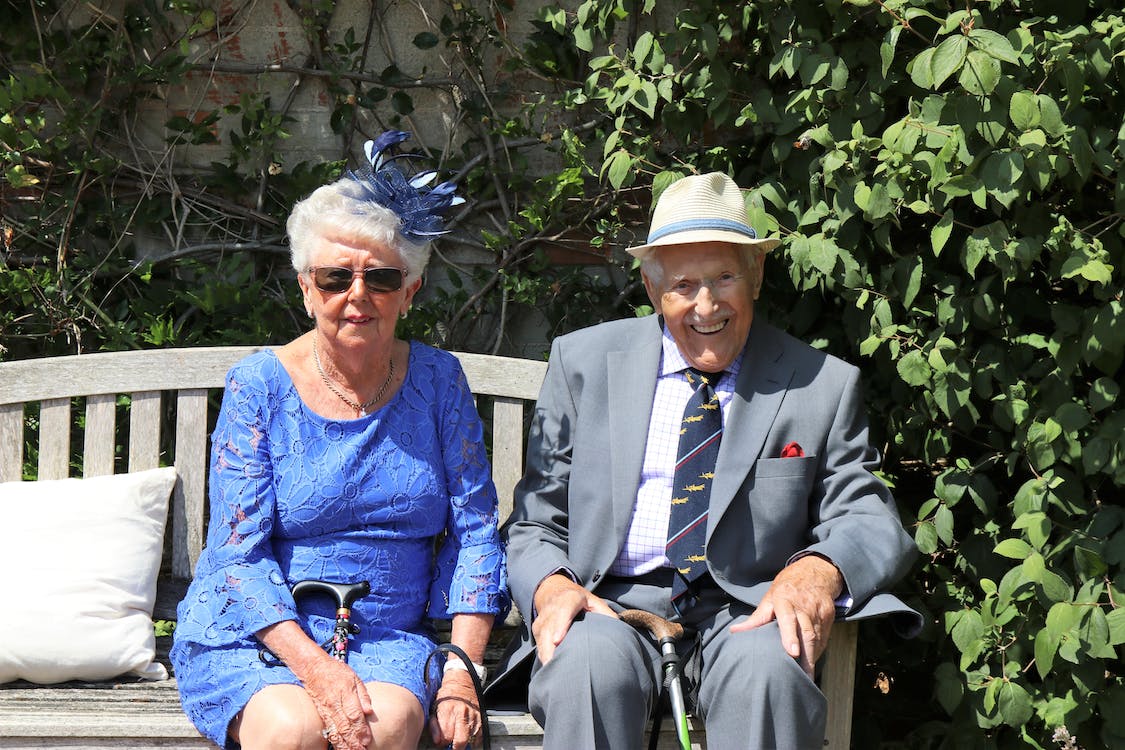 Health & Physiology
Health & Physiology
Age-induced unsealing of the "Pandora's box": resurrection of endogenous retroviruses
Aging is like a box full of secrets. Inside this "Pandora's box" lies a ticking time bomb of viruses, obsolete from millions of years ago, called endogenous retroviruses (ERVs). Using different aging models and technologies, researchers have proven that the reactivation of ERVs acts as both a biomarker and driver of aging, which provides potential interventions to “control the plague” of aging.

To study whether there is a connection between the activation of ERVs and aging, we searched for signs of their escape during cellular aging. We surveyed all the gene products, called transcripts, in cells recapitulating premature aging phenotypes in patients including Hutchinson–Gilford progeria syndrome (HGPS) and Werner syndrome (WS), and found that the level of HERVK transcript was higher in those cells. To determine how activation of HERVK affects cellular senescence, we changed the level of HERVK. We found that activation of HERVK induced cellular aging, while, on the contrary, suppression of HERVK inhibited cellular aging.
Later, we sought the underlying molecular factors influencing the increase in the level of HERVK. The loss of CpG DNA methylation, and changes in the methylation of histones, DNA-associated proteins, may lead to production of HERVK transcripts in aging cells. In addition, inhibiting CpG DNA methylation accelerated cellular aging, which was abrogated by HERVK transcripts reduction, pinpointing HERVK reactivation as the culprit that drives cellular aging. Thus, it breaks the seal of the “Pandora’s Box”.
But how? This is when the innate immune response, the first line of defense of our body, to detect invaders, such as viruses, came into the picture. We found that increased HERVK DNA in cytoplasm triggers the cascade of the innate immune response and induces inflammation. Blocking the innate immune response was thus found to slow cellular senescence.
Furthermore, we saw a build-up of HERVK RNA, protein, and RVLPs in the culture medium of senescent cells. To test whether these extracellular HERVK products can spread aging-like plague from the “Pandora’s box”, we exposed young cells to a conditioned medium collected from senescent cells, and they started to senescence much faster than normal cells.
This is true not only in the petri dish, but also in the living organisms. Our study also revealed that endogenous retroviruses (ERVs) act as the culprits of aging and can prompt a wide range of changes in our bodies over time. We also observed increased activity of ERVs in old mice, monkeys, and humans, as well as in human serum. As a result, we discovered that blocking ERV activity in the joints alleviated cartilage degeneration. Giving an ERV-blocking medication orally improved the overall physical condition and short-term memory of aged mice.
Our study shows that ERVs are like a ticking time-bomb that can cause us to age quickly – but with the right strategies, we can defuse it and help promote healthy aging.
Original Article:
Liu, X., Liu, Z., Wu, Z., Ren, J., Fan, Y., Sun, L., Cao, G., Niu, Y., Zhang, B., Ji, Q., Jiang, X., Wang, C., Wang, Q., Ji, Z., Li, L., Esteban, C. R., Yan, K., Li, W., Cai, Y., … Liu, G. H. (2023). Resurrection of endogenous retroviruses during aging reinforces senescence. Cell, 186(2). https://doi.org/10.1016/j.cell.2022.12.017Next read: Keeping the balance: How epigenetics monitors cancer genes by Zach Gray , Madison Honer , Johnathan Whetstine
Edited by:
Isa Ozdemir , Senior Scientific Editor
We thought you might like
How early-life adversity gets under the skin
May 19, 2016 in Health & Physiology | 3.5 min read by Joanne RyanHow behavior can transcend generations
Dec 10, 2019 in Evolution & Behaviour | 3.5 min read by Itai Antoine TokerStressful memories help plants resist caterpillars
Oct 2, 2023 in Plant Biology | 3.5 min read by Samuel Wilkinson , Adam Hannan Parker , Jurriaan TonWriting cell memory: how Histones play a role in Epigenetic Memory
Oct 4, 2023 in Health & Physiology | 4 min read by Valentin Flury , Anja GrothMore from Health & Physiology
How obesity can improve the efficacy of cancer treatment: role of the sex hormone estrogens.
Dec 3, 2025 in Health & Physiology | 3.5 min read by Eloïse Dupuychaffray , Carole BourquinTobacco smoking and other exposures shut off cancer-fighting genes
Aug 31, 2024 in Health & Physiology | 3 min read by Jüri Reimand , Nina AdlerA hidden clock that times cytoplasmic divisions
Aug 30, 2024 in Health & Physiology | 3 min read by Cindy OwWhen two kinases go for a dance
Aug 2, 2024 in Health & Physiology | 4 min read by Ioannis Galdadas , Francesco Luigi Gervasio , Pauline JuyouxAwakening the thymus to cure SARS-CoV-2 infection: a matter of genes
Jul 27, 2024 in Health & Physiology | 3.5 min read by Stefano Marullo , Cheynier RemiEditor's picks
Trending now
Popular topics


